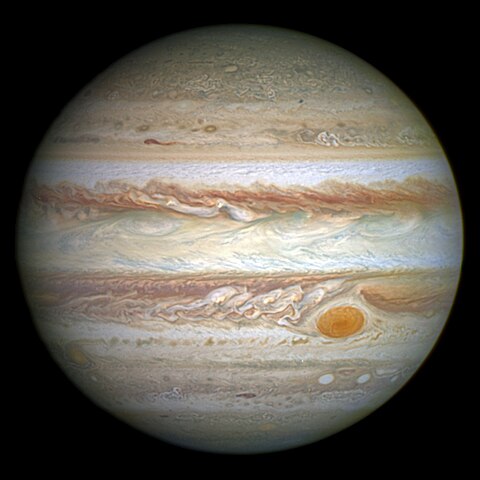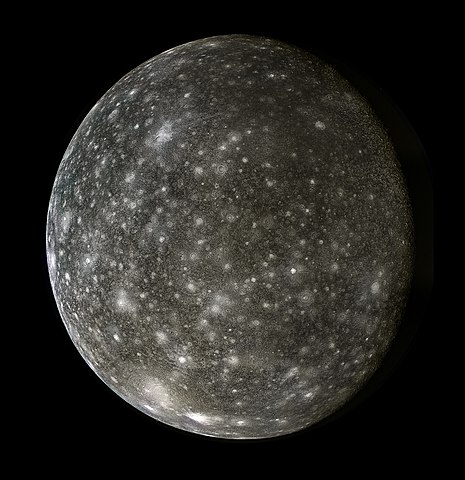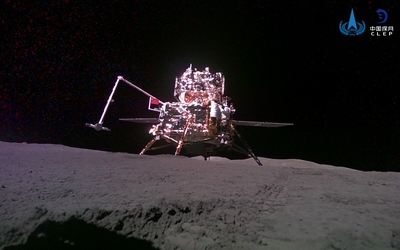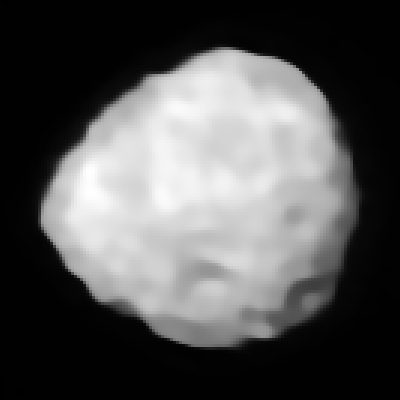1 day / second
0.5 AU
Jupiter Icy Moons Explorer
Spacecraft
A European Space Agency mission launched in 2023 to study Jupiter and three of its largest moons (Ganymede, Callisto, and Europa) through multiple flybys and orbital operations planned to last until 2035.
Key Facts
organization | ESA |
orbital regime | Outer System |
learn more | Wikipedia |
launched | 2023-04-14 |
launch mass | 6,070 kg |
power | 850 watts |
Mission Timeline
Launched
April 14, 2023 at 12:14 UTC
Luna (The Moon)
Flyby
The Jupiter Icy Moons Explorer (JUICE) performed a lunar-Earth gravity assist flyby on April 23, 2024, as part of its eight-year journey to reach the Jovian system.
Venus
Gravity Assist
The Jupiter Icy Moons Explorer (JUICE) made a close approach to Venus on August 9, 2025, using the planet's gravity to adjust its trajectory and help propel it towards Jupiter.
Jupiter
Orbiter
The Jupiter Icy Moons Explorer, launched in 2023, will arrive at Jupiter in 2031 to begin its 3.5-year mission studying Jupiter's magnetic field, atmosphere, and three of its largest moons: Ganymede, Callisto, and Europa.
Callisto
Flyby
JUICE will perform a close flyby of Callisto in 2032 during its mission to study Jupiter's largest moons, using the moon's gravity to adjust its trajectory for future encounters in the Jovian system.
Europa
Flyby
JUICE will conduct its first flyby of Europa in July 2032, passing within 400 kilometers of the moon's surface to study its icy crust and potential subsurface ocean.
Ganymede
Orbiter
The Jupiter Icy Moons Explorer (JUICE) will perform a close flyby of Ganymede in 2034, becoming the first spacecraft to orbit a moon other than Earth's when it enters orbit around the Jovian satellite.

















